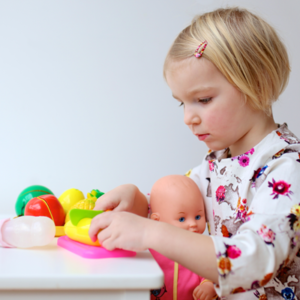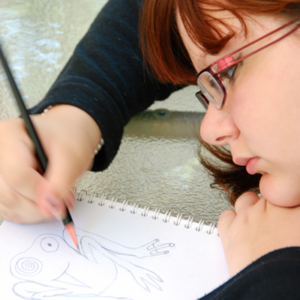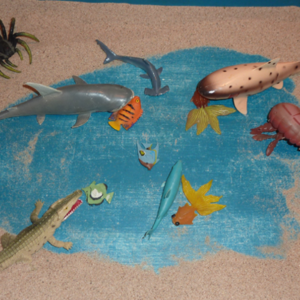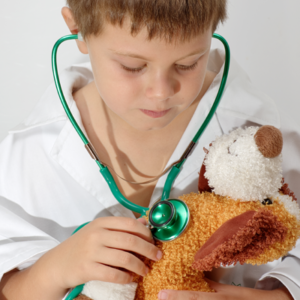Are you concerned about your child or teen’s anxiety? Get help with my free e-book and explainer video to discover the 8 COMMON MISTAKES TO AVOID WHEN YOUR CHILD IS ANXIOUS.
What is Play Therapy?
The natural form of communication for children is play and activity. Children are more comfortable expressing themselves and their emotional world through play and art. Children do not need to be taught how to play, as it is spontaneous, enjoyable, and child-centred.
Play therapy is beneficial for children from 3-11 years. At age ten or eleven most children are able to sit for longer periods and access their emotional world verbally. However, art therapy is still age-appropriate and very beneficial for individuals of all ages.
Children’s feelings are often inaccessible at a verbal level, so feelings and thoughts which may be too threatening for the child to express directly can be safely projected through play therapy toys and art.




Symbolic Play
According to Jean Piaget (1962), famous Swiss developmental psychologist, play bridges the gap between concrete experience and abstract thought. In play, the child is interacting with toys and art which are symbols for something else the child has experienced directly or indirectly.
Play Therapy Overview
My Introductory Session with the Child
My playroom has a variety of toys (doll house, cars, people, animals, blocks, doctor’s kit, bugs, puppets, soldiers, dinosaurs, food, cash register, pots and pans, etc.) There’s also a selection of art materials, such as markers, paints, crayons, pastels, pencils, scissors, coloured paper, plain paper, etc. In addition, there’s a sand tray which is used to create 3D scenes by inserting any of hundreds of miniature toys in my room which represent objects and people in our real life and imaginary world. These toys and art materials encourage expressive, creative and therapeutic play.
Limits of Confidentiality and Who Am I?
I will explain to your child that I am a “feelings lady” who has special training to help children with their feelings. I will ask your child if they can name some feelings. I will explain that we all get difficult feelings and that through art, play, and talking I can help with feelings. I let children know that everything we talk, play, or draw about is private unless someone is hurting them and then I would have to get help for them. I will let them know that before I talk to their parents to summarize a session, they can guide me in what are the most important sharing points. I will let them know that their play session is not a secret. They can talk about what they’ve been doing to people such as their parents, but they don’t have to.
For parents, after the session, please refrain from asking your child, “How did you like it?” or “What did you do?” It is important that the child not feel as though they have to behave a certain way in counselling sessions. This is a child-centred process and the child needs to lead the way, unconsciously and consciously. If you make suggestions to your child as to what they should play about, this will disrupt the unconscious from expressing itself. Furthermore, if you have specific information you would like your child to share with me, please discuss this with your child ahead of time. If they are comfortable sharing this information with me, then I invite you and your child to have the first ten minutes of the session together for sharing these concerns. After that, I will ask the parent to leave so that I can work directly with the child.
Cautionary Advice
If your child seems reluctant to come to counselling, please let me know by email. Please don’t give consequences, rewards, or bribes.
In play therapy, it is part of the therapeutic process that the child is not required to clean up. I will explain to the child that this is the one room in the world where they do not have to clean up.
If your child shows you a picture that they have drawn, feel free to comment on the colours, for instance, by saying something like, “Oh I see you used some red and blue and green”, but please don’t praise the picture or guess what they have drawn, as you may get it wrong. For example: “Oh look, you drew a dog.” … “No, it’s a cow!”
It is also important not to praise their creations, as sometimes art and play therapy involves messy work that depicts their inner world. All types of creation need to be accepted and so it’s best to say neutral comments such as, “It looks like you’ve been using your imagination.”
The most important therapeutic factor is for me to develop a positive relationship between myself and your child. Thank you for your support with the aforementioned points.
For some children, once we have developed a trusting relationship, I will add the cognitive behavioural therapy component to our sessions. For some children, the rapport is developed within one session, but for other children it may take a few sessions. Play Therapy is a research-based practice that is shown to be a very effective and natural form of counselling for children. If you have any questions, please let me know.
Warmly,




